Table of Contents
- What Causes Cat Allergies?
- 13 Things You Can To Own A Cat Despite Having Cat Allergies
- #1: Make Sure Your Cat Is Already Spayed or Neutered
- #2: Avoid Owning A High Number of Cats
- #3: Get Rid of the Allergens Inside Your House
- #4: Avoid Dry Cleaning
- #5: Visit Friends Who Owns Cat Frequently
- #6: Investing On A Good Air Cleaner
- #7: Create An Allergy-Free Zone To Avoid Cat Allergies
- #8: Bathe Your Cat Once A Week
- #9: Grooming Your Cat To Lessen Cat Allergies
- #10: Wash Your Hands Regularly
- #11: Get Some Fresh Air
- #12: Consider Adopting Hypoallergenic Breeds To Avoid Cat Allergies
- #13: Consider Allergy Medication In Dealing With Cat Allergies
- Conclusion
Dogs may be man's best friend; however, did you know cats are more popular than them?
Even so, dog or cat allergies are still common, especially with pet owners.
In American households, 36.5% of pet owners have cats, while 30.4% have dogs. And at least a quarter of these percentages have pet allergies.
Having a pet allergy is maybe the worst thing for a pet lover, especially for cat lovers.
Cat allergies are more prevalent than dog allergies; hence, if you're reading this, you might be one of them.

But did you know that even though you have cat allergies, you can still have and own them?
This article will help you handle your cat allergies by giving tips and tricks on doing it.
But I have to warn you; these ways require patience and perseverance.
And if you have them, then you must read on to continue.
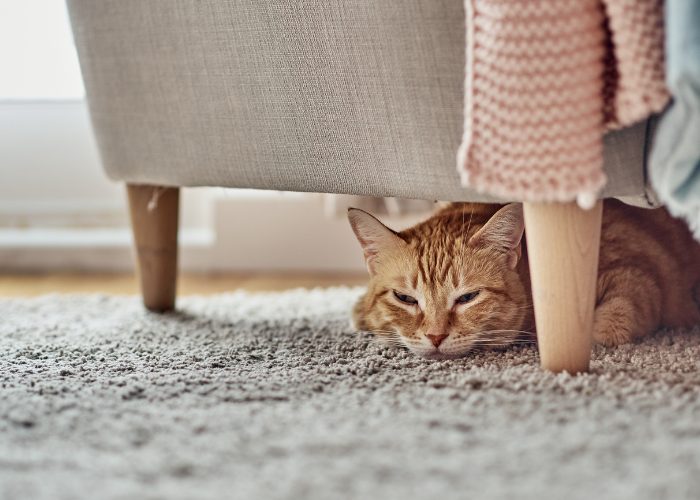
What Causes Cat Allergies?
You're probably excited about the tips that we will give you. But before that, you might be wondering how or why a person develops a pet allergy?
We all know that an immune system's job is to fight foreign substances (e.g., viruses and bacteria) that will enter our body. But some people have an overly sensitive immune system that reacts to almost everything, resulting in an allergic reaction.
The thing that causes allergic reactions is called allergens. Allergens exist anywhere at any time, may it be inside or outside your house.
Contrary to popular belief, a cat's hair isn't the cat allergies allergen. However, it collects other allergens like dander, dust, pollen, saliva, and urine; thus, an allergic reaction.
Mild cat allergy symptoms include having sneezing, coughing, and skin rash or hives. On the other hand, severe cat allergy symptoms include shortness of breath and chest tightness.
There are two methods for testing allergies, including skin and blood testing.
Skin testing has two types: skin prick and intradermal skin test. On the other hand, blood tests have radioallergosorbent (RAST) tests: Total immunoglobulin E (IgE) and Serum-specific IgE (sIgE).
Both tests provide quick answers. However, blood testing is more costly than skin testing.
13 Things You Can To Own A Cat Despite Having Cat Allergies
Cats are undeniably adorable; there's no doubt about that. And even we have allergies; we can't help but give a little pat or two whenever we see one.
But just like I said beforehand, you can certainly own a cat despite having a cat allergy.
How? Here are some tips and tricks that can help you.

#1: Make Sure Your Cat Is Already Spayed or Neutered
All cat breeds produce dander. However, when they are spayed or neutered, they generate less of it.
As a result, spayed or neutered cats help cause fewer allergic reactions to those who own them.
So, before you plan on adopting a cat, make sure that they are neutered or have them fixed before bringing them inside your home.

#2: Avoid Owning A High Number of Cats
Having many cats indicates a higher concentration of allergens in the household. Meaning, the number of dander, dust, pollen, saliva, and urine will double or thrice in number.
If you are allergic to these types of allergens, then you may want to consider having multiple cats in your home.
One cat is enough for someone who has a cat allergy. Otherwise, you'll be giving yourself a hard time treating your allergic reactions.

#3: Get Rid of the Allergens Inside Your House
If you suspect that you have a cat allergy, or if you do have a cat allergy, then you must start to do some actual cleaning around your house. Dust, mites, or mold, anything that could trigger your allergy.
These things cling to soft materials like crazy, and one example of that is your cat's fur. That's why you are having some allergic reactions towards your cats.
To address this, here are some things you need to do.
- Use blinds instead of window coverings. That way, the allergens won't cling to your blinds due to their rough cloth material and plastic. But, if you're only renting the place and the owner won't let you switch it, make sure to wash the curtains frequently.
- Replace your furniture with overstuffed soft paddings with leather. So, you can easily wipe off the dust that may cling to the leather.
- Get rid of scented candles and air fresheners as they can trigger allergic reactions.
- Consider replacing your carpet with tiles or wood to avoid regular vacuuming. Regular vacuuming can cause dust to suspend in the air; thus, triggering an allergic reaction when inhaled.
- If a carpet is a must in your house, make sure to choose one in a low pile and steam it frequently.
Although it won’t dismiss the threat of allergic reactions, lessening the allergens can be a great help for you once your cat arrives.

#4: Avoid Dry Cleaning
Although allergic responses to dry cleaning chemicals are rare, they can occur.
Perchloroethylene is the most often used dry cleaning solvent in the United States.
According to OSHA, more than 70% of dry cleaners use the dry cleaning solvent perchloroethylene. After one or more exposures, a person's skin might become allergic to dry cleaning solutions.
In addition, using “dry” cleaning brooms and feather dusters can cause pet allergies to be aerosolized. Instead, use clean but moist cleaning materials like damp towels and mops to capture and eliminate allergies.

#5: Visit Friends Who Owns Cat Frequently
After getting rid of the allergens inside your house, exposing yourself to cats frequently help in building your tolerance with them.
If your friend owns a cat, you can ask them if you could visit them from time to time. Make sure to drink an allergy medication thirty minutes first before the time of visit.
However, if you're hesitant about the effectiveness of the medication, ask your friend if you could use allergy relief spray or wipes on the cat.
Once you're inside their house, wait for the cat to initiate contact. It might take an hour or so to do so, especially if the cat is not familiar with you yet.
Some cats don't even do it, as they prefer to observe you first.
Nonetheless, the first visit should be at least 20 minutes long. It's to ensure that you've established your identity towards the cat. If you have your allergies under control, you can even put them on your lap.
The next visit should be the same cat you held from the first visit. This time, you can stay for at least half an hour, after that you can start visiting your other friends with cats.
You might find these routines tiring, but it is a small price to pay if you want to own a cat.
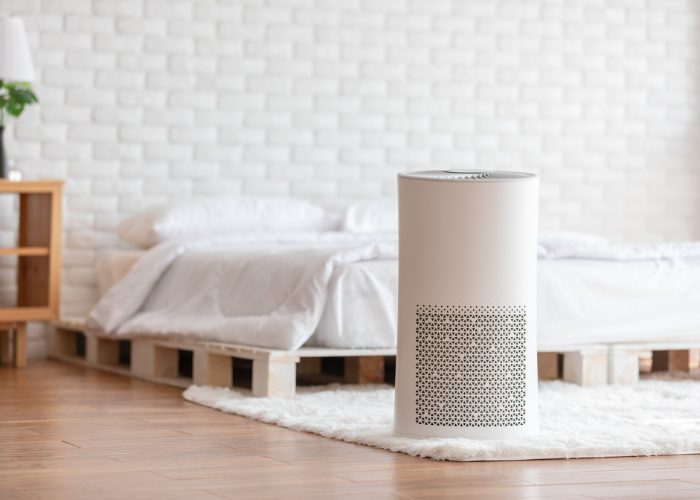
#6: Investing On A Good Air Cleaner
Central heating and air conditioning can help spread allergens inside your house. Thus, if you have allergic reactions to dust and pollen, or other types of allergen, I think it's time for you to invest in an air cleaner machine.
Air cleaners go under many names, such as air purifiers or air filters, but all do the same. They clean contaminants stuck in the air, including allergens, to improve indoor air quality.
However, you should note that these air cleaners can't remove allergens stuck on surfaces. Thus, you have to clean them using a regular vacuum cleaner.
Though investing in a vacuum with HEPA or a High-Efficiency Particulate Air filter is the best option. This mechanical air filter not only cleans 99.97% of air pollutants but also cat danders floating or murking around your house.

#7: Create An Allergy-Free Zone To Avoid Cat Allergies
An allergy-free zone is a space or room inside your home where your cat isn't allowed to go inside. Cat allergen levels in the air have been discovered to be much higher in areas where cats are present in the room.
In an allergy-free zone, the mattress and pillow covers should be impermeable so that no allergens would stick with them. When laundering these items, they must be cleaned using a non-fragrant detergent and dried at a high temperature.
It's best if you spend almost half of your time there when you feel like you can't control your allergies and come back to bond with your cat after.
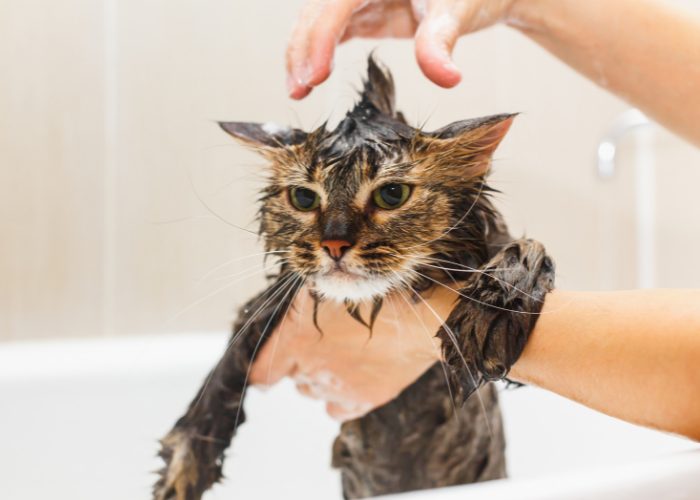
#8: Bathe Your Cat Once A Week
Cats may be known as a pet who doesn't like taking a bath, but bathing your cat at least once a week can help reduce airborne allergens up to 84%.
However, remember that you must use a shampoo that doesn't make their fur feel sticky. Otherwise, the allergens will continue to cling to them.
It's also good to use a shampoo that doesn't dry out their skin or cause hair loss. But I must warn you to consult with your cat's veterinarian first before using any of them.
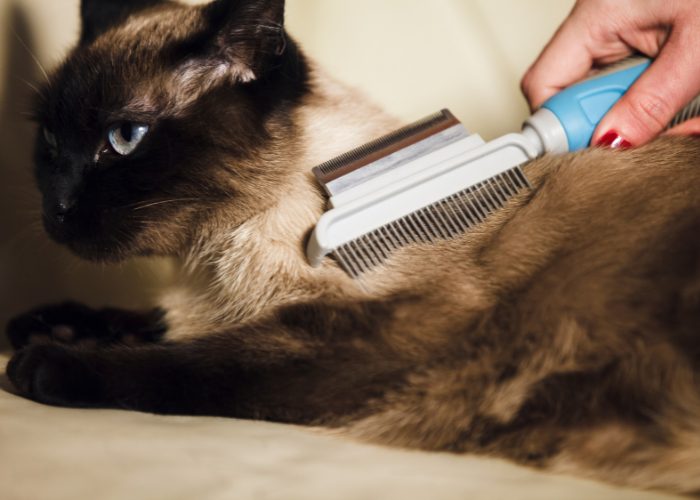
#9: Grooming Your Cat To Lessen Cat Allergies
Grooming your cat is also another way to lessen the symptoms of cat allergies. Regular brushing of their fur reduces the amount of hair they shed and the number of hairballs they produce.
Thus, make it a habit to brush them now and then. It's better to do this on your own so you can start building tolerance around your cat.
However, you still have to do some preventive measures such as wearing masks or gloves.

#10: Wash Your Hands Regularly
After you pet or play with your cat, always remember to wash your hands because they can be carrying several allergens on them.
Try it, and you'll be surprised to see how you'll have fewer allergic reactions.

#11: Get Some Fresh Air
Cat allergens can get trapped in highly insulated houses. Thus, in cases where an air cleaner or purifier may not be enough, you can open your windows to let the fresh air come in for you and your cats.
Furthermore, don't forget to clean your air conditioner or exhaust fans while your windows are open. This way, it will keep the dirty air from coming in and out of your house.

#12: Consider Adopting Hypoallergenic Breeds To Avoid Cat Allergies
Owning hypoallergenic cats doesn't guarantee that there won't be any allergic reactions once you contact them. However, they can help lessen the symptoms due to their hypoallergenic features.
Here is the list of cats that you might want to consider having.
- Although they're pretty fluffy, Balinese is an excellent choice for people who have mild cat allergies. Their coat only has a single layer, so it means that they don't shed that much. It is also a member of the Siamese family, so it means that you will enjoy a furless home and its great company.
- Another member of the Siamese family is the Javanese. These cats don't have an undercoat, so it has less fur to shed, and they're also good with cuddling.
- Russian Blue is also an insanely attractive cat that you will surely love. They have a dense and luxurious coat that doesn't shed that much.
- Although Siberian cats have a long coat that will require brushing once every day, they shed a little more than the other cats. Furthermore, you don't have to worry about sneezing or itching as they reduce allergen production.
- Sphynx is probably the closest to the definition of what a hypoallergenic cat breed is. They have suede-like skin that's hairless that needs frequent baths and towel robs to keep their oil production in control.
If you have questions about these hypoallergenic cats, you can visit the nearest veterinary clinic near you.
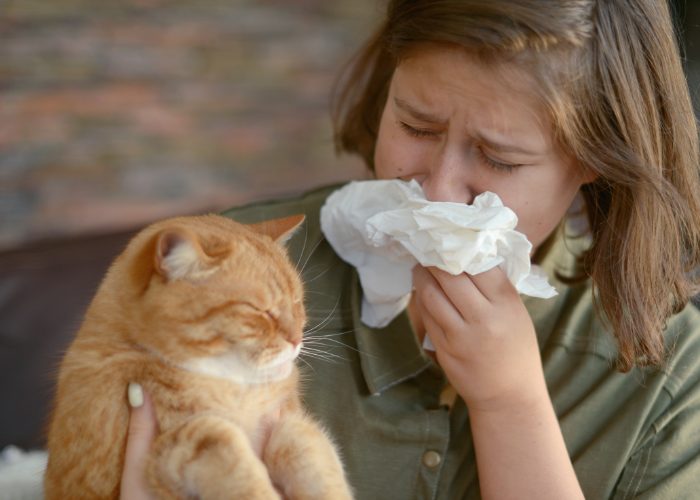
#13: Consider Allergy Medication In Dealing With Cat Allergies
After doing all the things listed above, the last thing we want to do is to go back to taking some allergy medication.
However, to make things sure, you might stock up on some over-the-counter allergy medicines wherever you go. And here are some of them:
- Antihistamines help in relieving your itchy, sneezy, and runny nose. This medicine help in the reduction of immunoglobulin E (IgE), which is an antibody responsible for the allergy level of a person.
- Decongestants shrink the swollen tissues present in your nasal passages due to allergic reactions, making it easier for you to breathe.
- Immunotherapy is like training your immune system not to be overly sensitive to a present allergen by taking a shot of it every four weeks for three to five years.
- If antihistamines do not work for you, doctors will usually suggest Leukotriene Modifiers. They block the action of immunoglobulin E (IgE) same as the effect of antihistamine. Thus, helping in the relief of your itchy, sneezy, and runny nose.
- Last but not least, Nasal Irrigation requires you to use a squeeze bottle that flushes out mucus or irritants from your sinuses with saline.
Conclusion
Millions of individuals, including those allergic to animals, love having pets in their homes and lives. Unfortunately, most of these people have no choice but to give up their pets without worsening their allergies.
However, we have learned today that being allergic to cats is only a myth. A cat's fur only serves as a carrier to several allergens such as dander, dust, pollen, saliva, and urine.
Luckily, there are several ways to tone down these allergens so that we can have our cat beside us without worrying about experiencing allergy symptoms all over again.
If you suspect that your allergies are working up again, contact the nearest doctor in your area and have yourself tested. You may be allergic to other allergens that involve your cat's fur.
Don't let your allergies break the bond you have created with your pet. Take precautions and choose what's right for you.
Try following these steps so you and your cat can live a sneeze-free life for the next few years. These things are only a small sacrifice for the long years ahead for both of you.
NEXT READ: Let’s Talk About Cat Disease: 8 Cat Diseases To Look Out For
WANT TO SHARE THIS…














